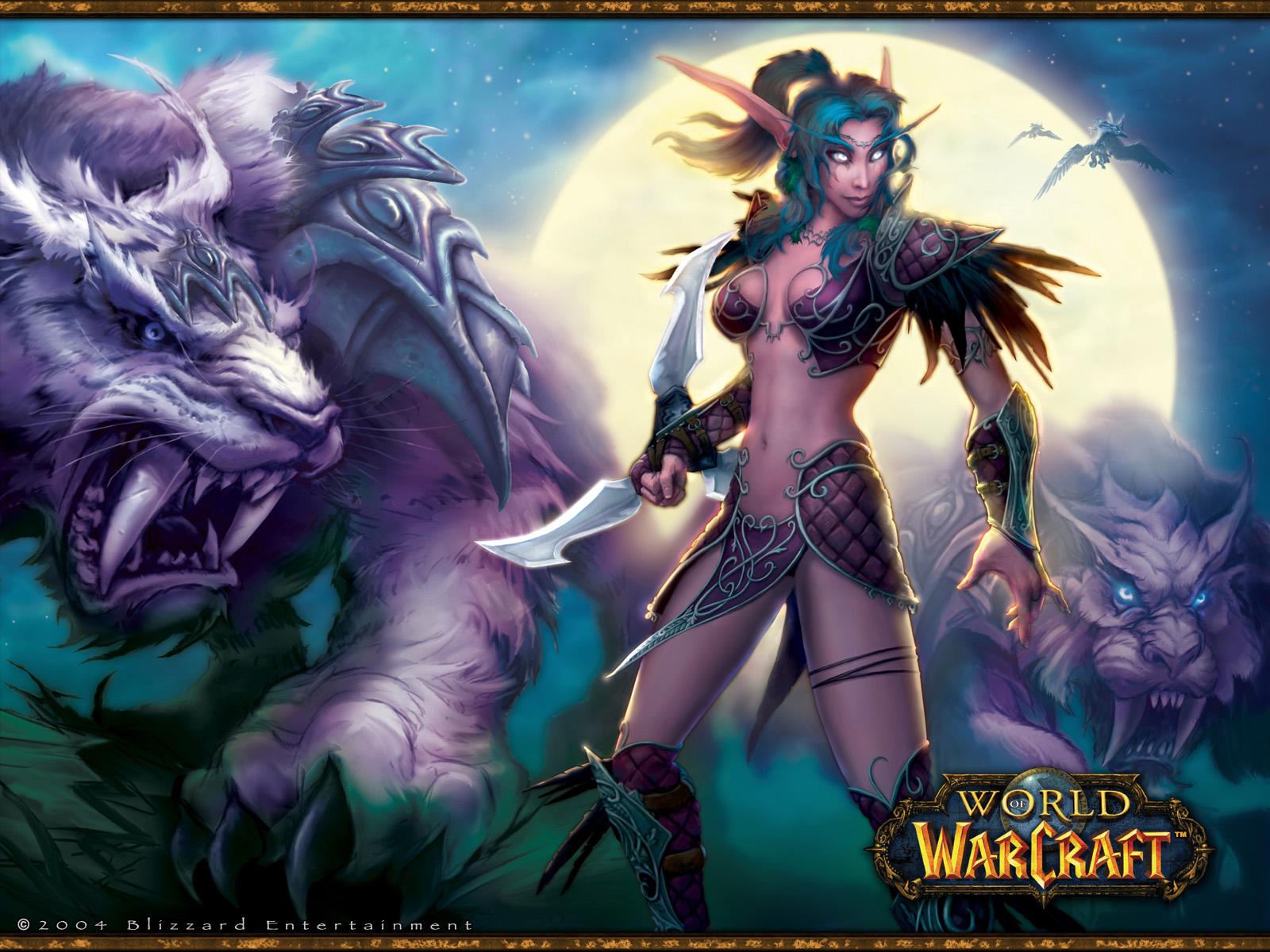
Google Buzz is similar to Facebook and Twitter in that it allows status updates, comments, and link- and media-sharing between users. However, aside from focusing on consumer-friendly uses, Buzz also aims to be a productivity tool for businesses and enterprises. According to the article, Google has been testing Buzz internally and has already found it to be an invaluable means of communication. Google believes that its corporate objectives can differentiate Buzz from other existing tools, giving it a competitive edge.
My opinion? First, I think that Google's claim should to be taken with a grain of salt. After all, how reliable can that statement be, seeing as it is coming from its own creator? Second, Buzz's potential users likely already have Facebook and Twitter accounts, so they might not want to bother managing a third. From what I know, Buzz does not appear to offer anything that the other two, or other sites such as Linked-In, already offer.
Perhaps you can argue that just because Buzz is coming late into the game, doesn't mean it can't prevail. After all, Friendster and MySpace came first, yet Facebook has effectively usurped them both. I would argue back that less than a month into the playing field, Google is already encountering problems with Buzz, the most controversial one being privacy breach. Several Gmail users have found their most frequent contacts outed to the outside world, with one now-famous blogger complaining that Buzz has reconnected her to her abusive ex-husband. Other users have complained about spam attacks in their inboxes. True, Google has already made changes to accommodate these complaints, but many believe that the entire privacy-fiasco is only a sign of things to come.
That said, I don't think Buzz will be a complete failure either. Google is a smart company and (most of the time) it knows what it's doing. I believe that Google will continue to listen to users' comments and feedback and continuously work to improve the system. Given Google's level of experience in the online playing field, I don't think we should rule Buzz out of the social media world just yet.
Mae










